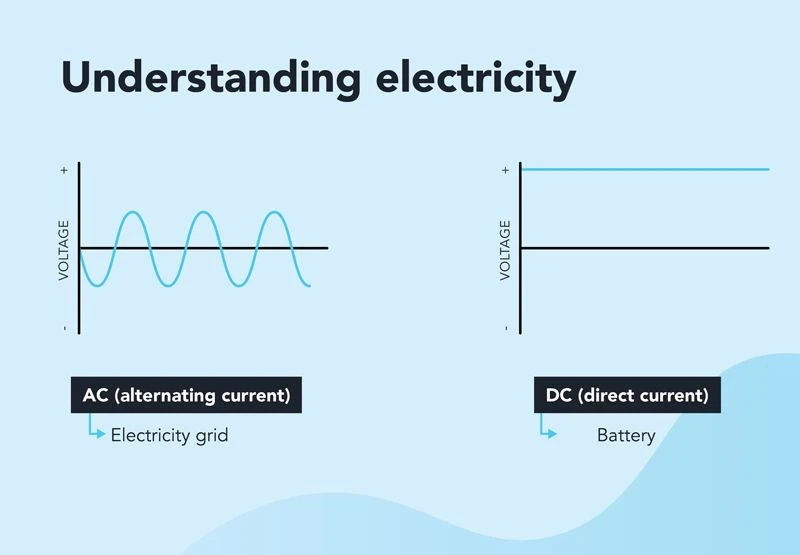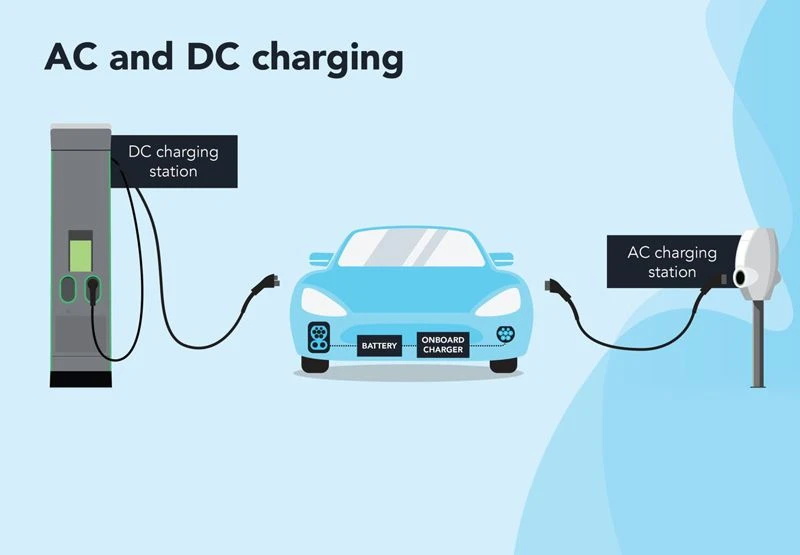As a society, electric vehicles can help us reduce carbon emissions and create a more sustainable future. But as drivers, electric vehicles offer us much more than the ability to reduce our carbon footprint. The most important problem in driving an electric car is to solve its charging, and when it comes to charging, the charger is an essential device.
Charging can be categorised in multiple ways. The most common way to think about EV charging is in terms of charging levels. There are three levels of EV charging: Level 1, Level 2, and Level 3—and generally speaking, the higher the level, the higher the power output and the faster your new vehicle will charge.
Generally speaking, the higher the level, the higher the power output and the faster your new vehicle will charge.
However, charging times are always dependent on a combination between the type of battery and charging capacity of the car, and the power output of the charging station.
Level 1 charging is when you plug your electric car into the socket with a standard AC power plug. As a standard household outlet only delivers a maximum of 2.3 kW, charging via a Level 1 charger is the slowest way to charge an EV—giving only 4 to 5 miles of range per hour. As there is no communication between the power outlet and the vehicle, this method is not only slow, but it can also be dangerous for your safety and your vehicle. As such, we don’t recommend relying on Level 1 charging to charge your vehicle except for in emergency circumstances.
A Level 2 charger is any standard AC charging point that you may find mounted to a wall, on a pole, or standing in the ground. Level 2 charging stations commonly deliver anywhere between 3.4 kW - 22 kW and are usually found at residential, public parking, businesses, and commercial locations. At the maximum output of 22 kW, an hour’s charging will provide roughly 75 miles to your battery’s range. This is a lot faster than Level 1 charging. Because of this reason, combined with a range of intelligent functionalities, smart connectivity options, and a range of safety features that Level 2 chargers have to offer, many EV drivers invest in an AC charging point for home.
Also known as DC or fast charging, Level 3 charging uses direct current (DC) to charge a vehicle’s battery directly, bypassing the AC/DC onboard converter. This allows Level 3 chargers to deliver DC power directly to the battery. As a result, Level 3 charging stations can deliver more power, faster, making them ideal for short-stop locations like service stations and fleet depots. Charging times vary between different vehicles and power outputs, however, generally speaking, Level 3 chargers can charge a vehicle in minutes versus hours for Level 2 or days for Level 1 charging stations.
So, the higher the level, the higher the speed. All clear so far, right? But, when is something AC and when DC, and why is DC so much faster?

AC stands for “Alternating Current” and it, well, alternates as it changes direction periodically, DC stands for “Direct Current” and flows in a straight line. Without getting too technical, AC can be transported over long distances more efficiently, so this is why it flows out of your socket at your home and office. However, batteries in general are only able to store DC power.
You may have never realised it, but every time you charge your phone (or any other electrical device for that matter), the charger converts the AC power it receives from the grid into DC power to charge the battery in your device.

The same principle goes for electric cars. The difference between AC and DC charging all depends on whether there is a conversion process or not. No matter how you charge it though, at the end of the day, the battery in the car is always charged with DC.
With a DC charger, the direct current can flow into the battery directly, while with an AC charger, the electricity has to be converted to DC first. This process will always take more time as the onboard charger can only take so much electricity at a time.
Next:Narada Power Malaysia launches the first phase of GDS Data center project
Previous:Can best Lithium Battery Chargers Handle Mixed Charging?
Contact Person: Miss. Kiki
| WhatsApp : | +8617763224709 |
|---|---|
| Skype : | +8617763224709 |
| WeChat : | +8617763224709 |
| Email : | kiki@lifepo4-battery.com |